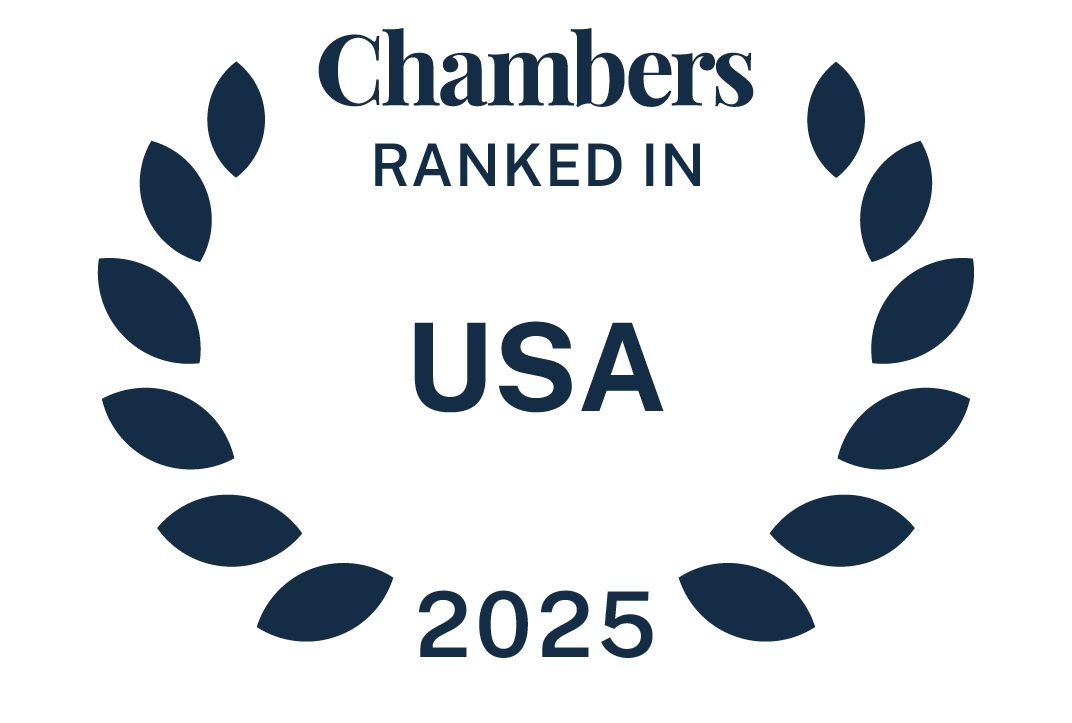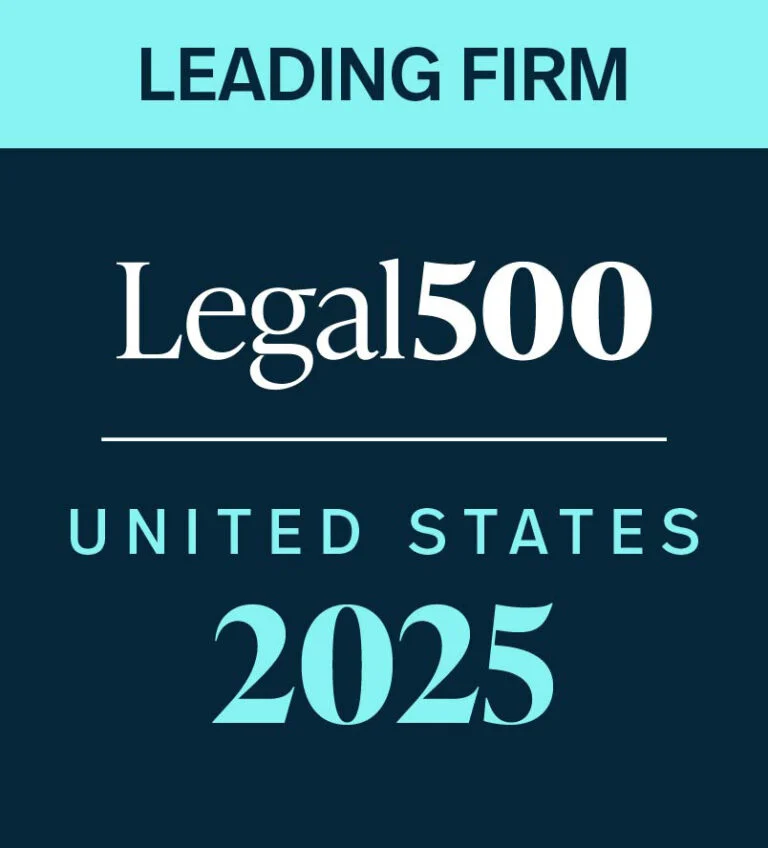- Alimentation Couche-Tard Inc. (ACT) and its subsidiaries (including Circle K Stores, Inc.) are engaged in the retail sale of gasoline and diesel fuel in the United States, as well as in the operation of convenience stores. ACT is the largest convenience store operator in terms of company-owned stores and is the second-largest chain overall in the United States.
- Pursuant to an Equity Purchase Agreements, dated July 10, 2017, ACT would acquire, through its wholly owned subsidiary Oliver Acquisition Corp., all of the equity interests of certain Holiday subsidiary companies.
- The FTC defined the relevant product markets as the retail sale of gasoline and the retail sale of diesel.
- The FTC defined local geographic markets, identifying ten separate geographic markets in Wisconsin (including Hayward, Siren and Spooner) and Minnesota (including Aitkin, Hibbing, Minnetonka, Mora, Saint Paul and Saint Peter).
- In its complaint, the FTC stated that the “relevant geographic markets for retail gasoline and retail diesel are highly localized, ranging up to a few miles, depending on local circumstances” and “[e]ach relevant market is distinct and fact-dependent, reflecting the commuting patterns, traffic flows, and outlet characteristics unique to each market.” Additionally, the FTC stated that “[c]onsumers typically choose between nearby retail fuel outlets with similar characteristics along their planned routes.”
- In its complaint, the FTC alleged that post-merger the transaction would reduce the number of independent competitors from 3-to-2 in five local markets, and from 4-to-3 in five other local markets.
- The FTC also stated that new entry was unlikely to mitigate the impact of the transaction in these local areas because there are significant entry barriers in the retail gasoline and diesel fuel business, including “the availability of attractive real estate, the time and cost associated with constructing a new retail fuel outlet, and the time associated with obtaining necessary permits and approvals.”
- The FTC alleged that the proposed acquisition would result in (1) an increased likelihood that ACT and its subsidiaries would unilaterally exercise market power in the relevant markets; and (2) an increased likelihood of collusive or coordinated interaction between the remaining competitors in the relevant markets.
- The FTC accepted a consent order in which ACT agreed to divest certain of its subsidiary’s and Holiday’s retail fuel outlets and related assets to remedy concern in ten local geographic markets in Wisconsin and Minnesota. ACT must complete the divestiture to a Commission-approved buyer within 120 days after the acquisition closes.
- Local geographic markets are highly fact specific. Factors used to determine local geographic markets for retail gasoline and retail diesel include: commuting patterns, traffic flows and outlet characteristics unique to each market.
- In certain markets where only two or three independent competitors will remain post-transaction, the FTC may allege that the transaction will increase the likelihood of coordination though no collusive or coordinated interaction is alleged. Certain aspects of the fuel industry make it vulnerable to coordination including: [...]
Continue Reading
read more


 Subscribe
Subscribe
